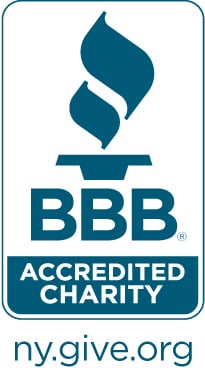| Article Index |
|---|
| ERASE Racism Training and Professional Development |
| Learning Objectives |
| FAQ |
| All Pages |
Four Modules
Module One - The Development of Race and Racism
- Understand the idea of race as a social construct and its impact.
- Understand the development of race and racism in the U.S. and its impact on national and local policies, from the development of the country to the present.
- Understand and identify the various types of racism, most especially institutional and structural racism.
- Understand the relationship between race and other forms of oppression, such as sexism, ableism, etc.
- Learn about general directions one can take to begin combatting racism.
Module Two - Structural Racism Then and Now: The Ongoing Impact of Long Island's History
- Understand the significance of how Long Island was developed and how that shaped opportunity in the region, including the history of the federal government's housing segregation policies.
- Understand the effects of historical and ongoing racial discrimination and segregation on Long Island today in a variety of issue areas.
- Understand the role of racism in geography and the way structural impediments of the past and present continue to oppress people of color on Long Island.
- Learn about past and current civil rights efforts on Long Island that have meaningfully contributed to racial equity outcomes.
- Discuss concrete steps one can take to combat institutional and structural racism on Long Island.
Module Three – Implicit Bias, Microaggressions, and Next Steps to Addressing Racism, Implicit Bias, and Microaggressions
- Understand how biases are developed, reinforced, and perpetuated, often without our consent or awareness.
- Understand and identify implicit bias and microaggressions and how these feelings and behaviors impact individuals, interpersonal relations, and institutional cultures and effectiveness.
- Learn about concrete steps one can take to de-bias at the individual level and better respond to incidences of microaggressions at the interpersonal level.
- Move from being aware of racism as a problem to taking anti-racist actions, by identifying next steps to addressing racism on multiple levels (that is, individual, interpersonal, and institutional).
- Tips for thoughtfully and constructively engaging in conversations about racism, implicit bias, and microaggressions.
Module Four, Institutional Assessment and the Importance of DEI An outside perspective is an important ingredient in any self-examination process. This is especially true when examining how structural racism shows up within one's own organization/company. Through the workshop itself, participants will:
- Understand the effects of stress and trauma on persons and communities of color, including in the workplace.
- Understand the meaning and consequences of disparate impact in a company as it relates to employment and organizational policies and practices, through a framework of diversity, equity, and inclusion (DEI).
- Understand empathy and its importance in conversations about DEI.



